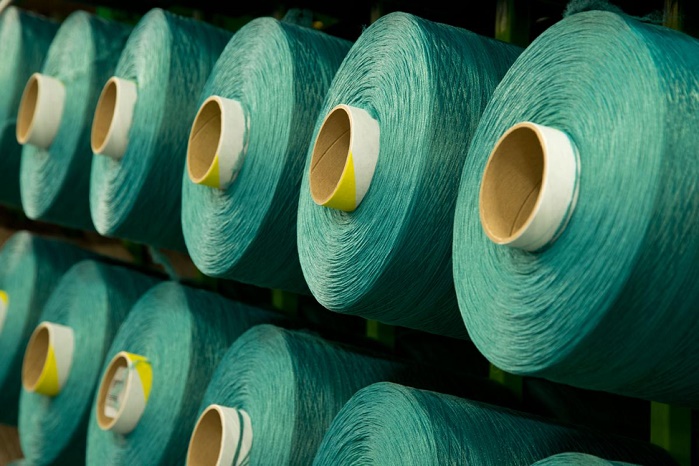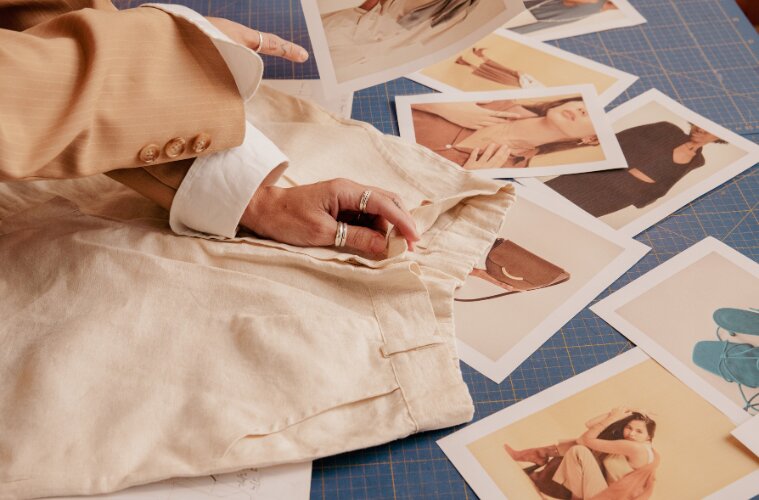Jute farmers in Bangladesh are using traditional methods of jute rotting, which cause serious pollution of water. The new system of ribbon retting uses less water to get quality fiber. Jute farmers have been supplied ribbon retting machines for ensuring better quality jute. But for some reason they are not eager enough to use this method.
Despite a scarcity of water farmers are still adopting traditional methods of jute rotting, and so, they are not getting good quality of jute and deprived of fair prices. Jute is traditionally grown for extraction of fiber by a natural microbial process known as retting. Usually mature stems of harvested jute plants are allowed to ret in pond or ditch water. Retting is a preferred rotting process to separate the fiber from woody stem without damaging the fiber cellulose.
In ribbon retting, ribbons are stripped out mechanically from the stem of mature jute plants, coiled and allowed to ret under water. Ribbon retting reduces the time of normal retting by four or five days. Most defects arising from conventional retting can be overcome by ribbon retting. Ribbon retting is a great promise to produce high quality jute fiber and is a more eco-friendly measure.











